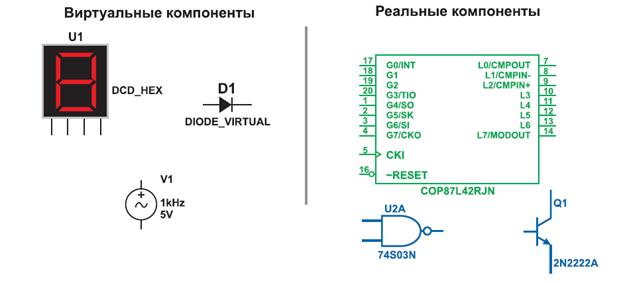Figurative language consists of expressions that are not literally true but express some truth beyond the literal level.
Such language shakes ordinary speech from its usual patterns by combining words and images in an unusual way. Figurative language also shakes up our imagination as we read and helps us see the world in a new way. The most common types of figurative language connect seemingly unlike things. A simile connects two items by using the words like or as:For example, "hisbag like a frozen camel's hump" is a simile. A metaphor,on the other hand, equates the two items: For instance, "My love is a red, red rose" is a metaphor. An implied metaphor hints at the connection rather than expressing it directly. Most of Thomas' metaphors are implied: For example, he describes the small dry voice that joins the carolers as an "eggshell voice," thus connecting two very dissimilar things in a striking way. Such expressions often startle us with their freshness and make us stop to think about the image thewriter has created. Simile A simile is a figure of speech that directly compares two apparently unlike things. Most similes use theword like or as to link the two items.A simile drawsattention to somecharacteristic that the two otherwise dissimilar items have in common. For example,Tennyson's "Eagle" concludes with the simile"And like athunderbolt he falls." This figure of speech brings together two unlike things — an eagle and a flash of lightning. However, the eagle and lightning have something in common: sudden dramatic movement and breathtaking power. Metaphor A metaphor is a figure of speech that connects two basically dissimilar items through some striking similarity. For example, “Paul’s mind is an open book” is a metaphor; it does not mean that Paul walks around with pages flapping on his head but rather that his thoughts can be known almost as easily as the contents of an open book. Often metaphors make us see the similarity between two things for the first time. For example, the metaphor "Her gown is a butterfly's wing" connects two things that do not seem to have much in common at first. However, we can imagine how both the dress and the butterfly's wing might be delicate, smooth, and full of patternand color. Once the metaphor brings the two things together, we can find the similarities that connect them. When they are unusual, metaphors can lend dramatic power to a piece of writing. They can also help us to see the world in a new way by expressing fresh and startling connections among the things around us. Personification Personification is a figure of speech in which an animal, object, or idea is given human qualities. The thing that is personified might speak, feel emotions, and even assume a human appearance. In some cases it may have its own personality and perform a number of human activities. For example, a television set may complain to its owner about the fact that it has blown a tube. In other cases the personification can be as fleeting as a single image. For instance, we use personification when we say that the sky looks angry or that justice is blind. Personification has been used in literature since earliest times. It became especially popular during the Middle Ages, when medieval morality plays, intended to teach lessons, presented qualities such as "Love"and "Good Sense" as human characters. Personification can be very dramatic, and writers often use it to bring vivid life to a work. Repetition and Parallelism Repetition is the repeated use of sounds, words, phrases, lines, or even stanzas. Repetition increases the importance of the items that are repeated, it also helps to tie the work together into a unified whole. In addition, repetition has an emotional appeal: It creates the reassuring sense that we are returning to something familiar. When a line or stanza is repeated in a poem, it is called a refrain,a term also used in music to refer to repeated portions of a melody. In general, all forms of repetition add to a poem's musical quality.
|




